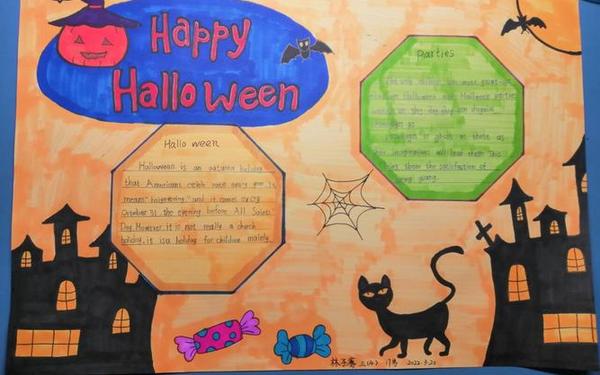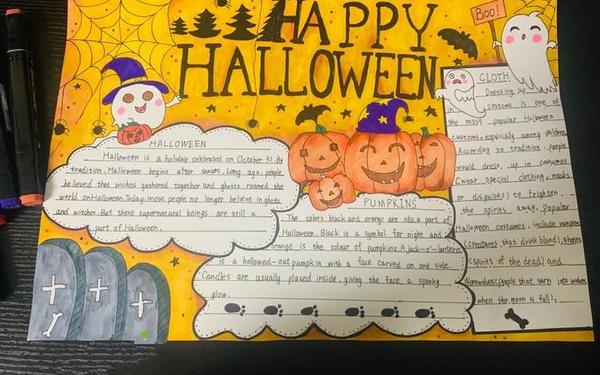The Origin of Halloween (English Version)

1. Ancient Roots in Celtic Tradition
Halloween traces its origins to the ancient Celtic festival of Samhain (pronounced "sow-in"), celebrated around November 1. The Celts, who lived in regions now part of Ireland, the UK, and France, believed that on October 31, the boundary between the living and the dead blurred, allowing spirits to roam the earth. To ward off these ghosts, people lit bonfires and wore costumes made of animal skins .
2. Christian Influence
In the 8th century, the Christian Church incorporated Samhain into its traditions. Pope Gregory III designated November 1 as All Saints' Day (or All Hallows' Day), a time to honor saints and martyrs. The evening before (October 31) became All Hallows' Eve, later shortened to "Halloween" .
3. Immigration and Modern Traditions
Irish and Scottish immigrants brought Halloween customs to North America during the 19th century, particularly during the Great Potato Famine. Over time, these traditions evolved, blending with local cultures. Activities like trick-or-treating, jack-o'-lantern carving, and costume parties became central to the holiday .

Key Halloween Traditions Explained
Symbols and Colors
Simple Summary in English
Halloween (October 31) originated from the Celtic Samhain festival, marking the end of harvest and the start of winter. The Celts believed spirits visited Earth that night, so they lit fires and wore costumes for protection. Later, Christians honored saints on All Saints' Day (November 1), making the eve a mix of sacred and spooky traditions. Irish immigrants spread these customs globally, creating today’s Halloween with trick-or-treating, pumpkin carving, and festive costumes .
如需更详细的习俗或文化影响,可参考来源网页的完整内容。

